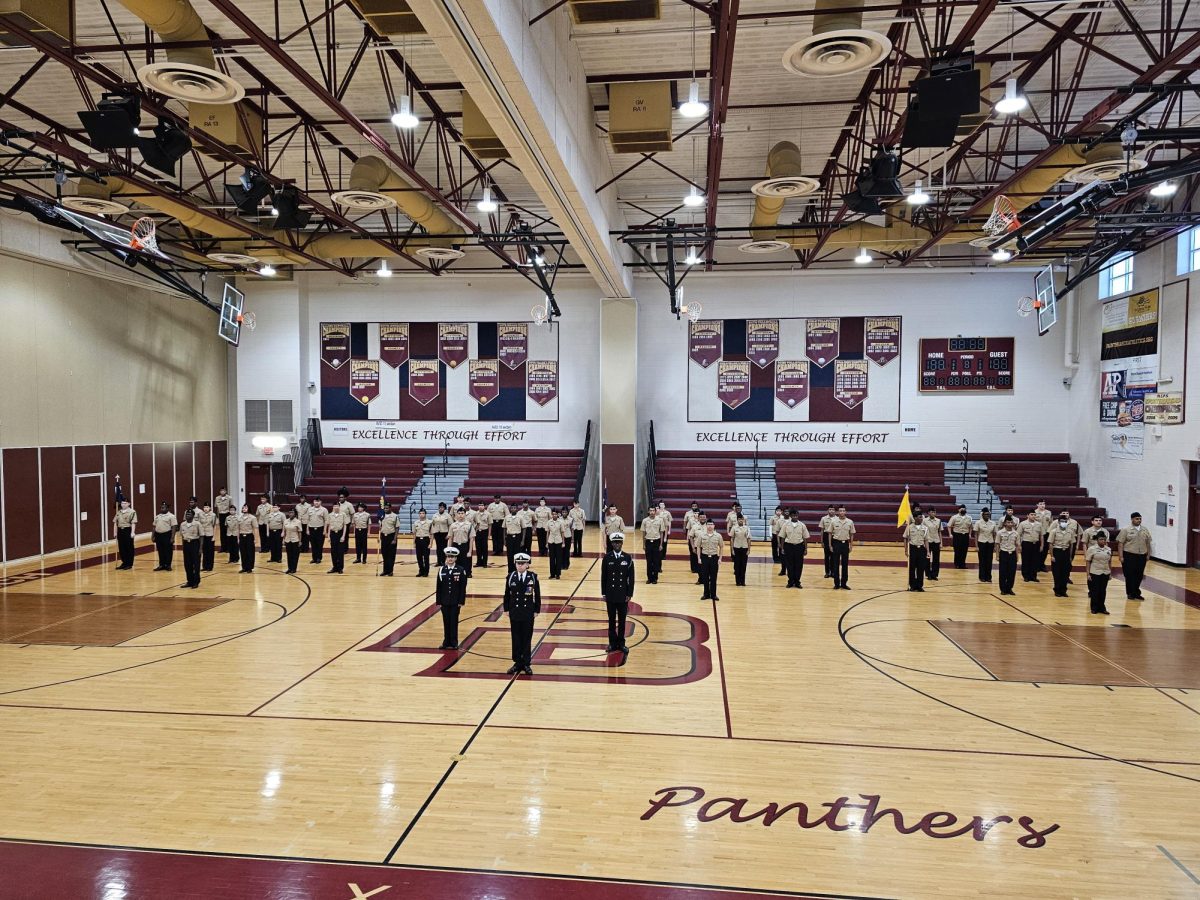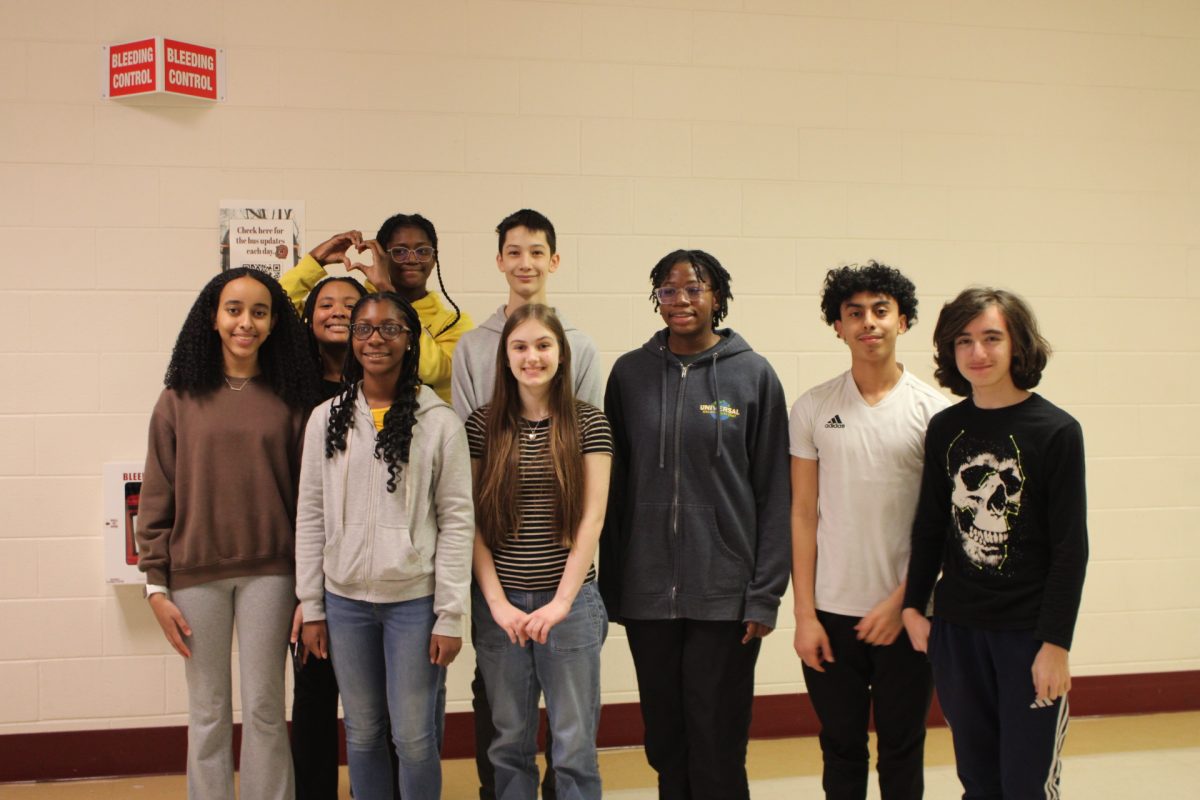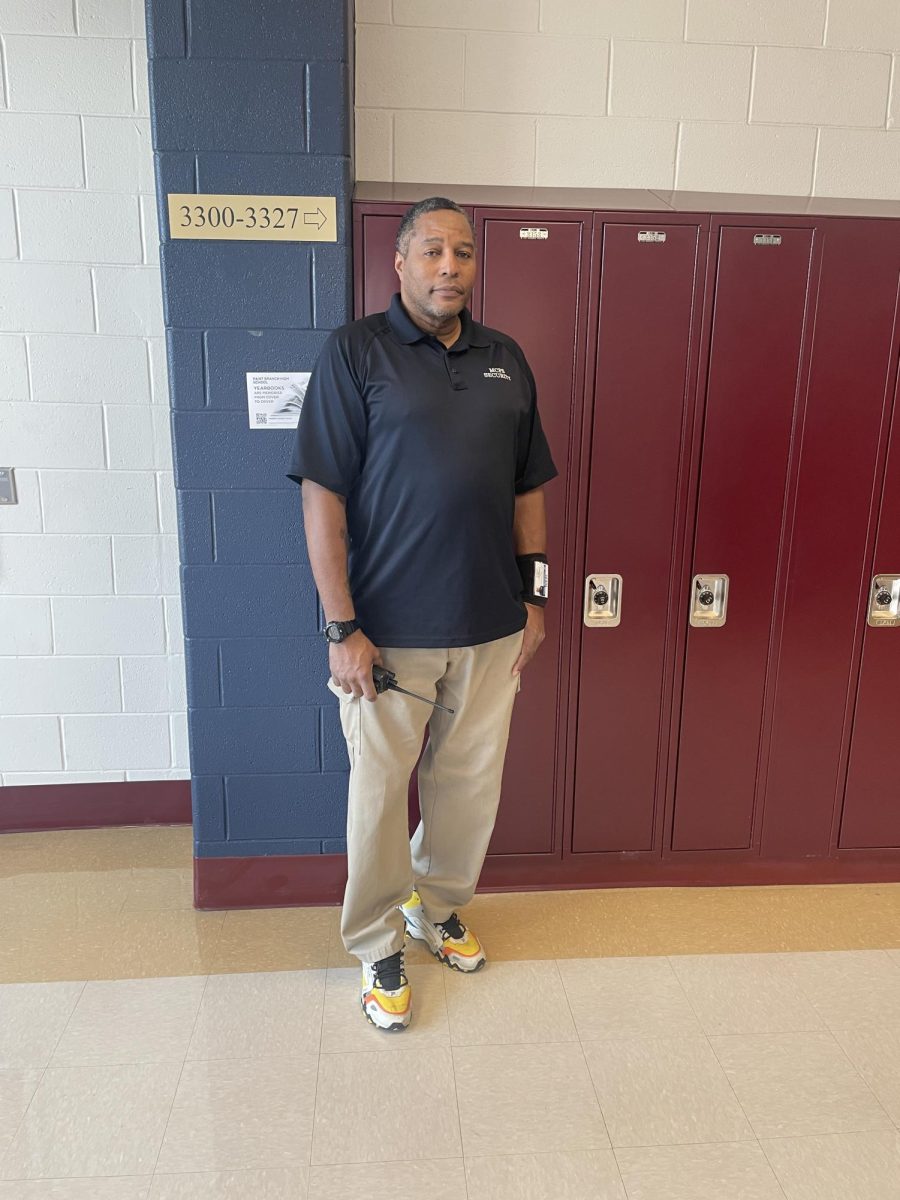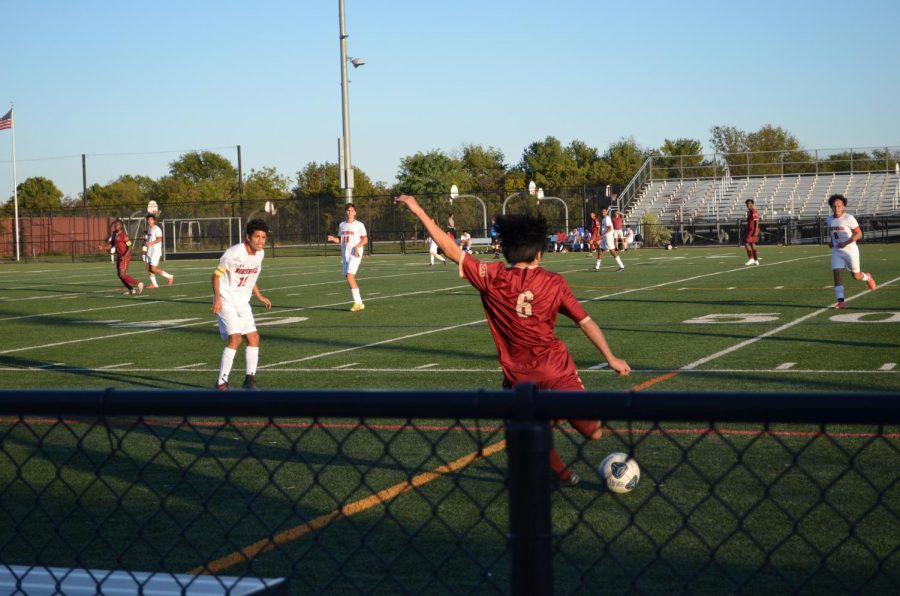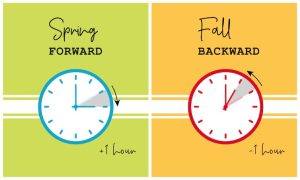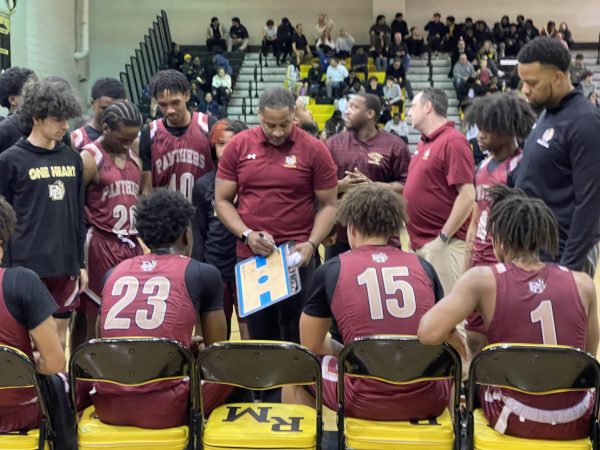PB Track: Developing Talent One Athlete at a Time
March 16, 2015
Four minutes and forty-five seconds after the gun was fired, Mieron Tewelde crossed the finish line at the PG Sports and Learning Complex track. The race – his fastest mile time yet – earned him twelfth place at the 4A West indoor regional meet.
Flash back two years prior, when then-senior Victor Koech ran an almost identical time (4:51) in the mile at indoor regionals to earn him a tenth-place finish.
The two runners share very similar backgrounds. Neither had spent any time running before his senior year, during which each joined the cross-country team. “I didn’t like running before I started cross-country,” says Mieron. “I just wanted to try something new my senior year.” His success in the fall, where he finished in the top 100 at the state championships, led him to continue running with the indoor track team.
This story of newfound ability – “diamonds in the rough” as many coaches would put it – is common to the sport of running and has become an annual theme for the Paint Branch cross-country and track teams. The team has drawn from its large and diverse student body, attracting tennis players, soccer players, and everybody in-between.
In fact, many students decide to run in order to stay in shape for other sports. Such was the case with senior Kaleb Berhanu, a tennis player who joined the cross- country team this past fall. “Running was hard for me in the past, so I always thought it would be difficult. But now I view running as a healthy way to stay in shape, and I would be glad to run anytime,” says Berhanu.
“In some cases athletes that migrate to track had success in other sports because of their ability to run,” says Paint Branch coach Mark Anderson. “They come to realize running was the part of the sport they enjoyed the most, so the transition is pretty seamless.”
One component of cross-country and track is that it is very universal: instead of requiring refined and disciplined skills such as hitting a baseball, cross-country and track rely heavily on the pure athleticism of running; at most, the technique of hurdling or high jumping.
The past couple years have also revealed patterns in the abilities of athletes from other sports. Anderson outlines a prime example of this by staying, “Sports that require explosive movements like football and basketball tend to produce track sprinters and jumpers, whereas sports that require more sustained activity like soccer, lacrosse, or swimming often produce mid and long distance runners.”
One example from this year’s team is former basketball player Precious Igwebuike, who has found success both in the sprint events and high jump, and soccer player Darryl Aziss, who has had success as a mid-distance runner.
However, one doesn’t need to be a top-level athlete in another sport to have success in cross-country or track. “Running rewards dedication and hard work,” Anderson explains. “Novice track runners that succeed usually possess both of these traits.”
There has been a noticeable increase in the number of new runners in cross-country and track over the past couple of years. This season alone, nearly 100 people tried their skills in indoor track, and while not everybody stays for the entire season, the likelihood of finding another sub-5:00 miler or 6-foot high jumper increases dramatically as more and more people try out. As Anderson says, “All you need is time and the desire to do it.”


